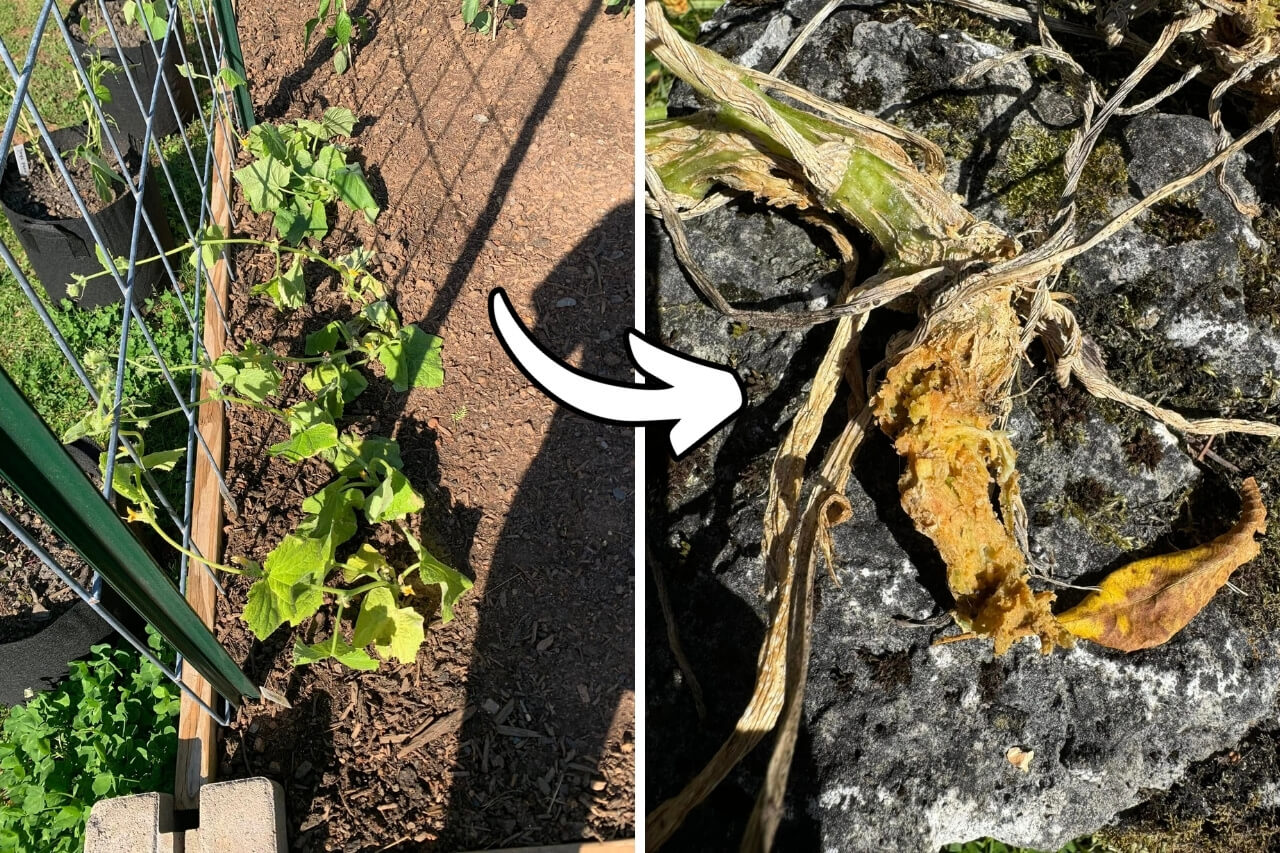Summer is finally kicking in, and I am just finishing preparing my garden for the hottest time of the year.
Cucumbers, for instance, have become a staple vegetable in my garden (and I think also in many of your gardens) and they are perfect for these months.
But even if they are relatively easy to cultivate, beginner gardeners may find growing cucumbers a bit difficult. Remember that they are warm-loving crops, don’t like cold temperatures, and are quite vulnerable to pests, so they need some special attention.
Starting Too Early
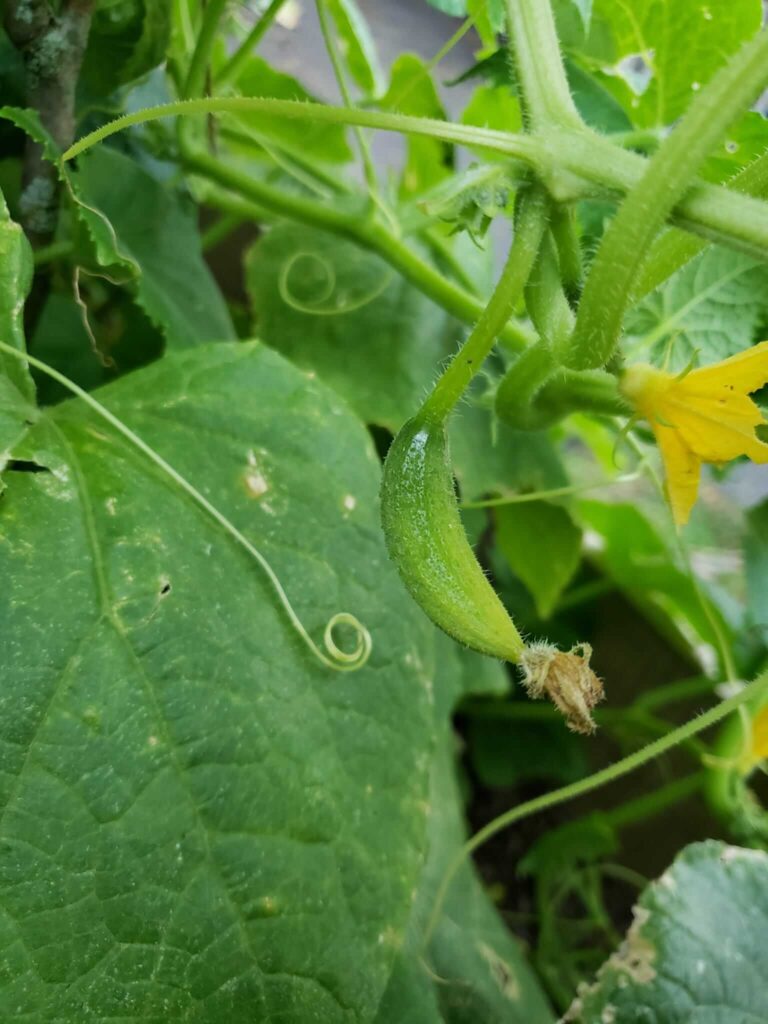
The first thing you have to consider is that cucumbers are originally from Asia and they’ve been cultivated there for at least 3,000 years.
For this reason, they largely thrive in tropical and subtropical weather, and are very vulnerable to cold stress.
That means you should avoid planting too early in the season, even if you think it’s “warm enough.”
While other veggies can be started before or on the last frost date, cucumbers aren’t hardy enough to tolerate the cool climate. And you can’t sow them early for a head start, as cucumber seeds only sprout when the soil temperature really rises.
The best thing to do is to wait for the top layer of your garden’s soil to warm to over 70 degrees Fahrenheit.
Generally, this means an air temperature between 75 and 85 degrees Fahrenheit. So, you may have to wait a little longer to start your cucumbers.
Choosing Transplants Over Seeds
This may sound surprising, but cucumber seeds almost always grow better than transplants.
That’s because tender vining plants, like cucumbers, resent disturbances in their roots and are likely to suffer from severe transplant shock.
I know it takes more time, and not everyone can, but opting for seeds ensures strong roots, stems, and foliage. It also encourages healthier growth and higher yield, not to mention being more cost-effective than seedlings.
Cultivating In the Wrong Spot
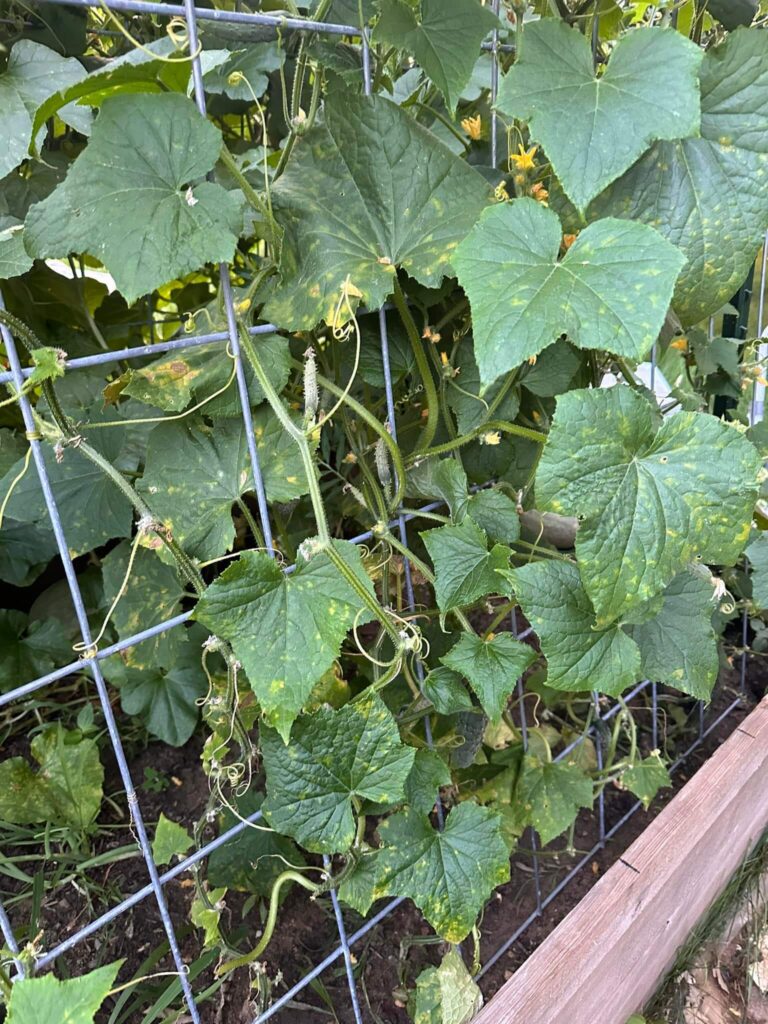
Besides temperature, our sun-loving cucumbers are also rather picky with their spot in the yard. They absolutely hate it when gardeners tuck them away in some gloomy parts of the garden.
Cucumbers must always be planted in spots that receive 6 to 8 hours of sun daily, even if you live in a hotter region.
If you are an experienced gardener, you should know your garden and your space very well.
If, on the other hand, you are a beginner, you can do it like this. Observe and take photos of your garden at different times of the day to know where the sunlight falls and plant your veggies accordingly.
The general rule is to place cucumbers where they have enough space to sprawl, and since they grow into large vines, you may consider getting a trellis to save garden space.
If your garden also has fairly large shady areas, you can consider planting the vegetables that grow well in the shade.
Planting Seeds Low
Another common mistake I see from newbie gardeners is planting their cucumber seeds in low-lying areas. While they need plenty of water, their primary vines are susceptible to water damage.
Growing cucumbers in low or depressed ground where water can pool around the plants will swell, soften, or (worst) rot the vines.
To prevent waterlogging in heavy rains, find a slightly raised area in your yard to plant your cucumbers. You can also make mounds and sow your seeds on top to prevent water from reaching the sprouts.
Growing Them Too Close Together
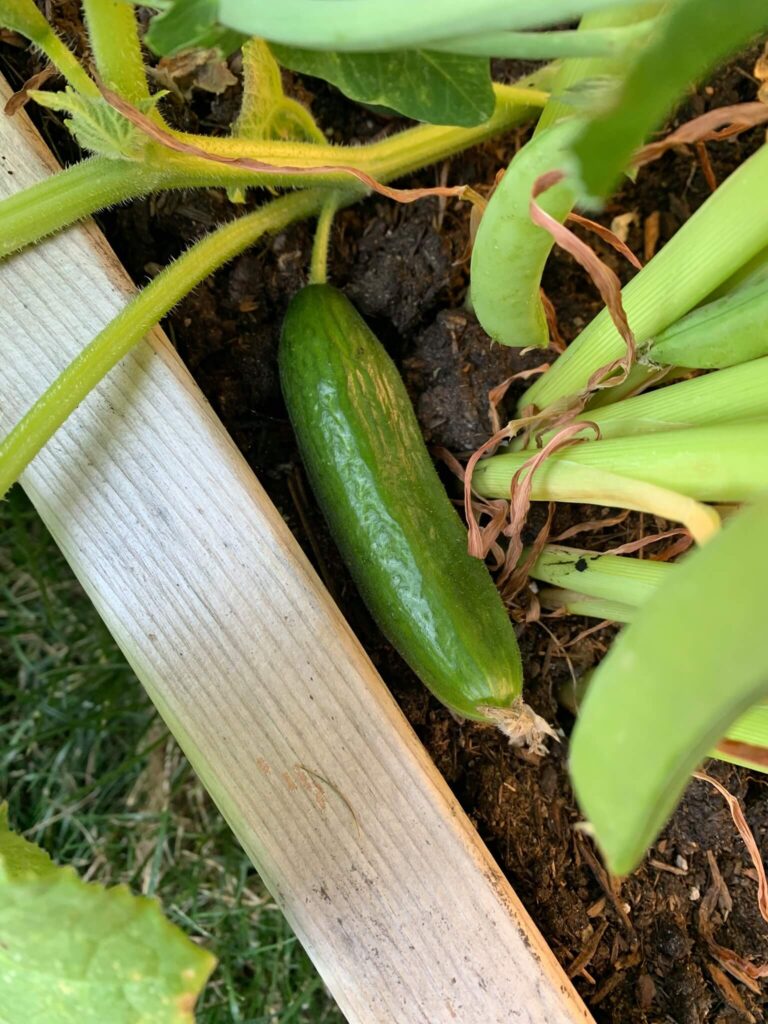
As I previously said, having enough space is very important. Cucumbers don’t like it when they’re squished together.
Like most plants, they’ll compete for sunlight, water, and soil nutrients, which can impede their growth. Not to mention, they become more vulnerable to fungal infection.
But how close is too close? Well, as a vining type, most cucumbers grow best when spaced 8 to 10 inches apart without a trellis. Leave 5 feet of space between rows for the vines to spread out.
If you’re planting with a trellis, you can grow cucumbers closer. I usually plant as many as five seeds per foot of soil, in rows spaced 3 feet apart.
Neglecting Soil Quality
I say it every time, but some people just don’t seem to get it. Good soil is basically 50% of a successful harvest.
For cucumbers, especially, the right soil makes a huge difference. They thrive in fertile ground that’s rich in organic matter, with a loose and crumbly texture that allows roots to grow freely.
To improve your garden soil, start by mixing in plenty of well-rotted compost. It boosts fertility and improves soil structure.
If your soil is heavy or tends to clump, add some coarse sand to lighten it up and improve drainage.
And don’t forget to work in an organic fertilizer before planting, this gives your cucumbers the nutrients they need right from the start.
Common Watering Mistakes
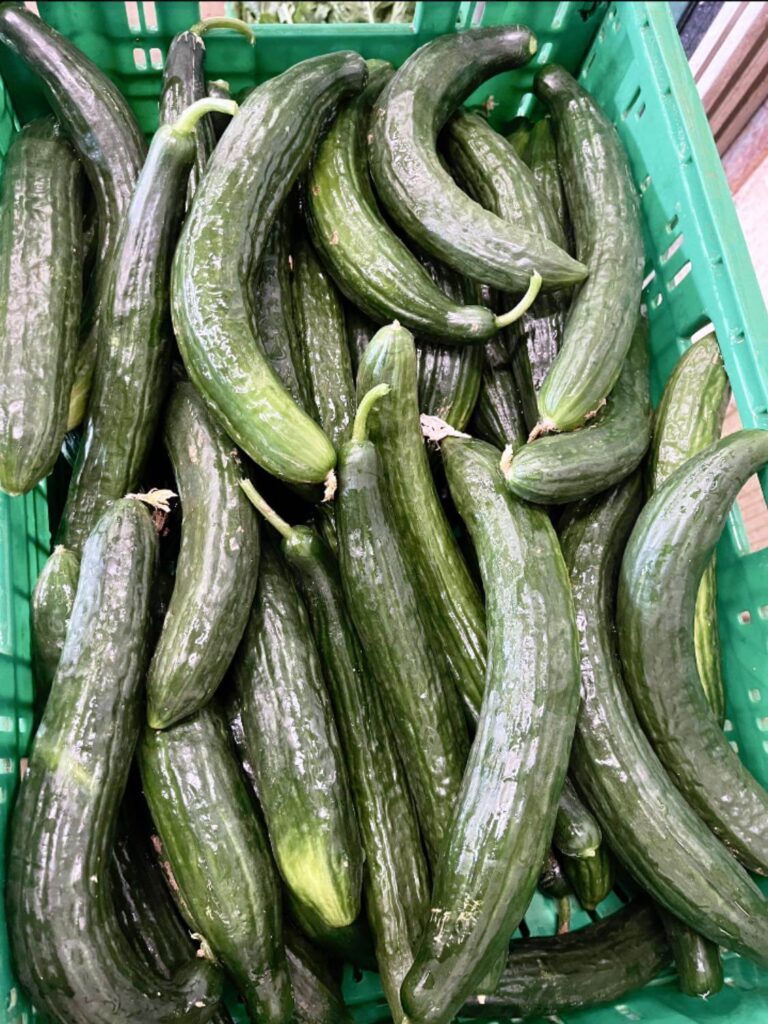
Viny cucumbers are mostly made up of water and are heavy feeders. That means they need plenty of water and fertilization. And the bigger they get, the more they’ll need.
Once again, they’re also summer plants so they need a regular watering schedule.
Remember that when it comes to watering cucumbers, the goal is moist soil. Not too dry, but not so wet that it leads to rot.
And of course avoid all the watering mistakes that many gardeners continue to make.
Lastly, if you don’t have a lot of space I recommend reading my easy guide to growing cucumbers in containers. I explained in detail how to do it!

